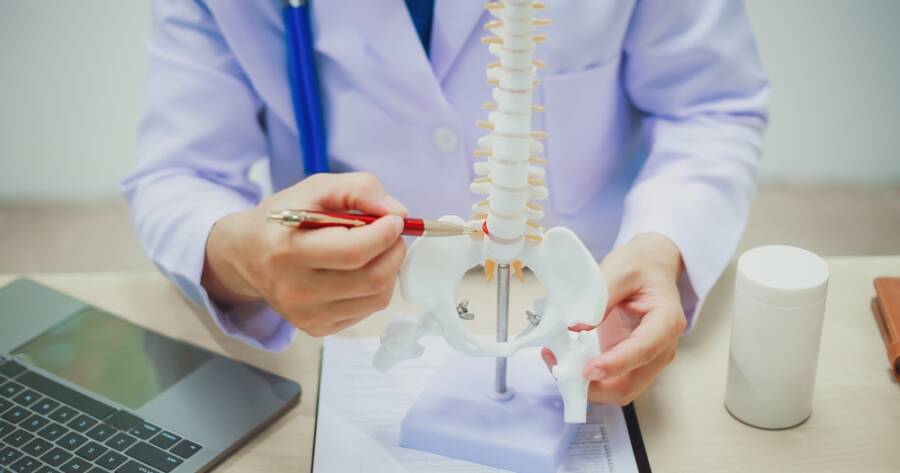Spinal stenosis can cause pain, numbness, and mobility issues that interfere with daily life. Understanding its symptoms, causes, and available treatments can help you find relief and regain control over your physical health and comfort.
What Is Spinal Stenosis?
Spinal stenosis is a medical condition characterized by the narrowing of the spinal canal, which can lead to pressure on the spinal cord and nerves. This condition can occur in any part of the spine but is most commonly found in the lower back and neck. The narrowing may result from various factors, including age-related changes, arthritis, or congenital conditions. Spinal stenosis is increasingly prevalent among older adults, highlighting the importance of understanding its implications for mobility and quality of life.
The condition can lead to significant discomfort and functional limitations, making it essential for individuals to recognize its potential impact. As the population ages, the incidence of spinal stenosis is expected to rise, necessitating greater awareness and management strategies among healthcare providers and patients alike.
Recognizing Symptoms of Spinal Stenosis
Symptoms of spinal stenosis can vary widely among individuals, but common signs include pain, numbness, and weakness in the limbs. Patients may experience difficulty walking or standing for extended periods, often finding relief when sitting or bending forward. These symptoms can significantly affect daily activities and overall well-being, making early recognition crucial for effective management.
In recent years, healthcare professionals have emphasized the importance of a comprehensive evaluation to differentiate spinal stenosis from other conditions with similar symptoms. This approach ensures that patients receive appropriate treatment tailored to their specific needs, ultimately improving their quality of life.
Common Causes of Spinal Stenosis Explained
Several factors contribute to the development of spinal stenosis, with age-related degeneration being the most prevalent. As individuals age, the spine undergoes natural wear and tear, leading to the formation of bone spurs and thickening of ligaments. Other causes include herniated discs, which can protrude into the spinal canal, and conditions such as scoliosis that may alter spinal alignment.
In addition to age and degenerative changes, certain genetic factors and previous injuries may also play a role in the onset of spinal stenosis. Understanding these causes is vital for developing preventive strategies and targeted treatments for those at risk.
Effective Treatment Options for Spinal Stenosis
Treatment for spinal stenosis typically begins with conservative measures, including physical therapy, pain management, and lifestyle modifications. These approaches aim to alleviate symptoms and improve mobility without invasive procedures. Recent advancements in physical therapy techniques have shown promise in enhancing patient outcomes, emphasizing the importance of tailored exercise programs.
In more severe cases, surgical options may be considered to relieve pressure on the spinal cord and nerves. Procedures such as laminectomy or spinal fusion have been effective in providing long-term relief for many patients. Ongoing research continues to explore innovative treatment modalities, ensuring that individuals with spinal stenosis have access to the most effective care available.
Learning More About Spinal Stenosis
Understanding spinal stenosis is essential for recognizing its symptoms, causes, and treatment options. With the increasing prevalence of this condition, staying informed can empower individuals to seek timely medical advice and interventions. Knowledge about spinal stenosis can lead to better management strategies and improved quality of life for those affected.
